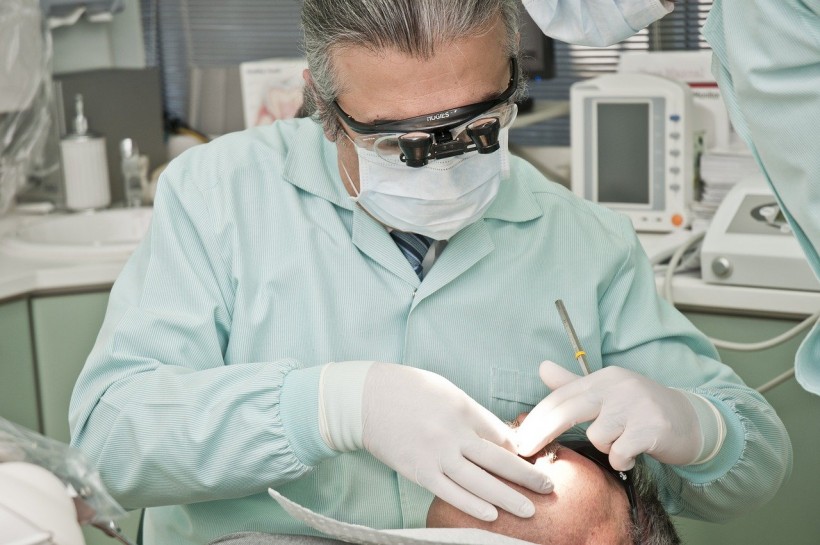Overdentures are dental prosthetics that fix all problems related to traditional dentures, and are supported by both natural teeth and /or implants.
Dentures and Overdentures
Dentures are sets of artificial teeth that are usually held in their place using adhesive or suction, dentures have a natural look and cost efficient but tend to cause many problems to the patients as traditional dentures tend to move while eating or laughing which is pretty much inconvenient.
In the other hand, overdentures are also artificial that that are supported by dental implants. The implants play a role in creating a natural feeling and appearance, which makes it a more comfortable choice for patients.
Types of Overdentures
There are different types of overdentures all of which are implant supported and may have slight differences.
-
Implant Supported
In this type your dentist may decide to install four or six implants, it tends to retain jawbone from further or any deterioration. It also can be removed by the patient to clean or at night time.
-
Fixed Implants
It is very similar to the above mentioned one, the only difference is that this type of overdentures cannot be removed by the patient. It cannot be removed by the patient, they should visit the dentist's clinic.
-
Partial Overdentures
This type is the suitable choice for patients who lost a few teeth, it is also removable and gives a very natural feel. One of the downsides of this dental prosthetic is that it may add more pressure on the natural teeth.
The Steps of Overdentures Procedure
-
Consultation: Consultations can be done in person or online as many clinics are providing online consultations to their clients from all over the world.
-
Installing the implants: your dentist will install the dental implants, this step is usually done using local anaesthesia and stitches.
-
The healing process: the healing process takes between four to sixth months, then the patient has to visit the clinic again to have the implants exposed and to determine the place of each prosthetic.
-
Impressions: your dentist will take an impression of the inside of your mouth in order to send it to the lap to create the artificial teeth.
-
Infusion: this is the final step in the treatment, your dentist will try the overdentures on and make the necessary adjustments to secure it in its place.
The Aftercare of this Treatment
Oral hygiene is important to maintain the durability of the overdentures as well as the natural teeth and gum. Periodical visits to the dentist's clinic is very important, in the case of receiving the treatment oversees it is important to stay in touch with your medical consultants. International clinics, like Dentakay in Turkey,
Contact dentakay for assign medical consultants to provide the necessary assistance before during and after the treatment.
Brushing and flossing twice a day is recommended to maintain the overdenture as well as the gum.
Among the many important advantages of this treatment is to maintain the total functions of teeth and help prevent bone deterioration.
© 2024 NatureWorldNews.com All rights reserved. Do not reproduce without permission.
* This is a contributed article and this content does not necessarily represent the views of natureworldnews.com






